Have you ever watched a DJ perform and wondered to yourself why they are the only person there wearing headphones? Or why are they only using them on one ear? If so, you are not alone; it’s a common question.
This article will explain why do DJs wear headphones while and debunking a few of those myths you may have heard.
Myth 1: It’s to protect the DJs hearing from the loud music
Whilst it is essential for a to protect their hearing when working in such a , wearing headphones will not help them, in fact as you’ll find out later in this article, music is being played through the headphones. Luckily nowadays DJs can wear proper hearing protection underneath their trusty headphones.

Myth 2: To block out any crowd or background noise
In most cases, when a DJ is in the mix, it isn’t easy to hear the crowd over their monitors and the system. Also, in some cases, especially at music festivals, the is often miles away from the audience. Don’t worry; they can turn the monitors down at the end of the set to soak up all the adulation!
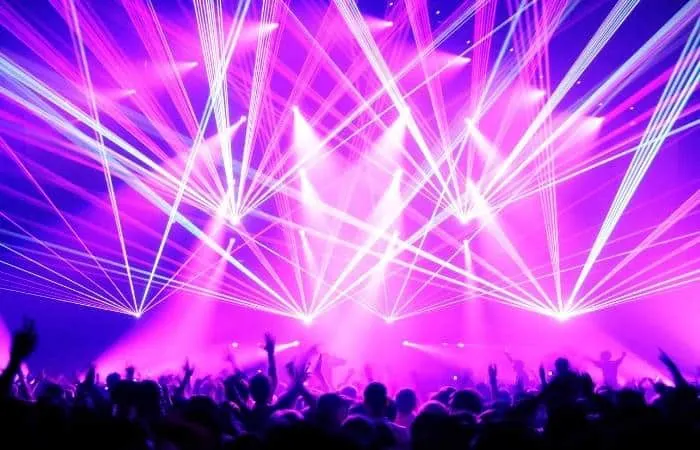
Myth 3: To look like a
Yes, I agree, headphones can make you look like an , but there is more substance than just looking cool.
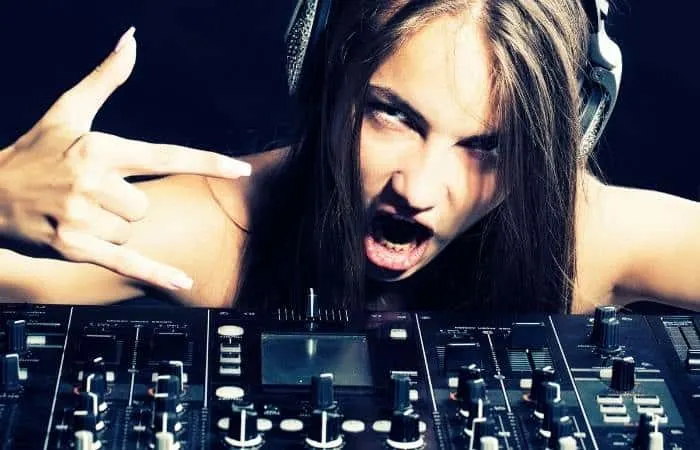
So Why do DJs Wear Headphones While They are DJing?
The actual reason why DJs need to wear headphones is down to one simple but crucial factor…
But what is , I hear you ask?!
Like a magician uses a trap door or sleight of hand, so you only witness what you’re supposed to see, a DJ uses headphones for .
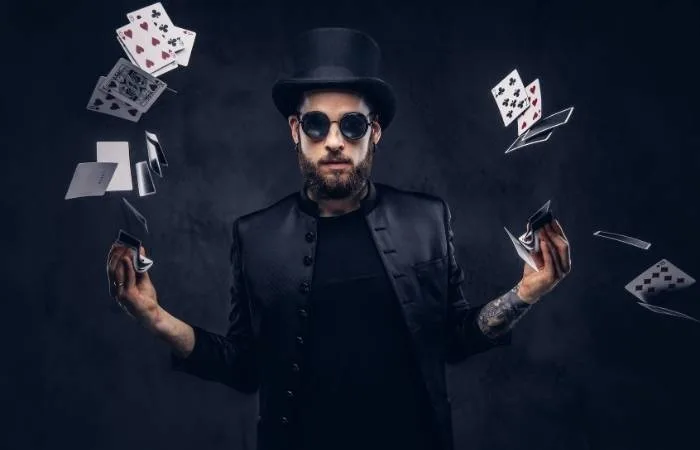
is preparing the next track’s pitch (speed), volume level, and EQ to be blended into the track already playing seamlessly using the on a .
This is where DJ headphones come into the equation. Headphones allow the DJ to listen to the next track separately without coming through the primary system.
In other words, if track A is what the audience is listening to through the speakers, the DJ is listening to track B through their headphones. This is where things can start getting a little confusing for beginners and the reason you’ll often see a DJ covering just one ear with the headphones.
Track A will also be playing through the DJ monitors, so the DJ keeps their preferred ear uncovered to hear that. The ear covered by the will be playing track B.
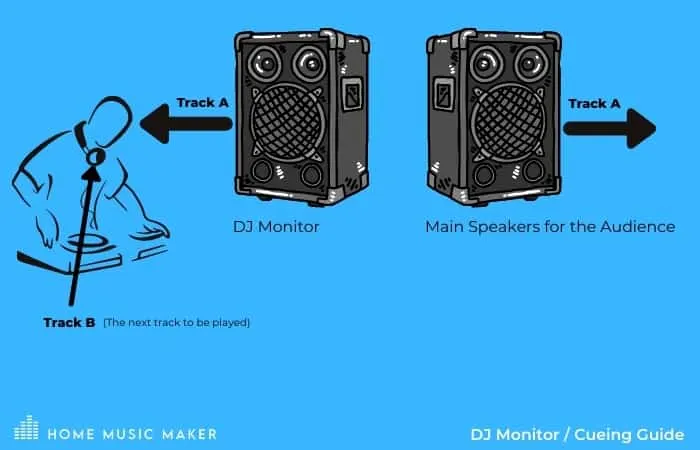
If a DJ didn’t prepare the next song in their headphones and you heard what was going on behind the trap door’ it really wouldn’t be an enjoyable listening experience for the people on the dancefloor!
Most higher-end DJ mixers also have a split that allows you to blend both tracks A and B together just through the headphones, an absolute lifesaver in certain situations. I’ve played at many a club where the DJ monitor’s is not up to scratch, making it extremely difficult to mix.
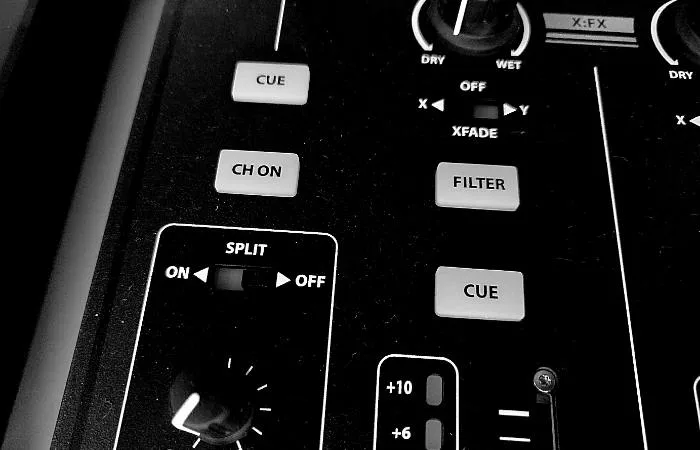
What are DJ Monitors?
You have probably noticed I keep mentioning DJ monitors and wondering what they are and why DJs use them, so I’ll explain.
Monitors are the large speakers pointing directly at the DJ, usually a stack on either side and often as tall as the actual DJ! You may think that number of speakers directly next to the DJ might be a bit over the top, but it is a vital piece of .
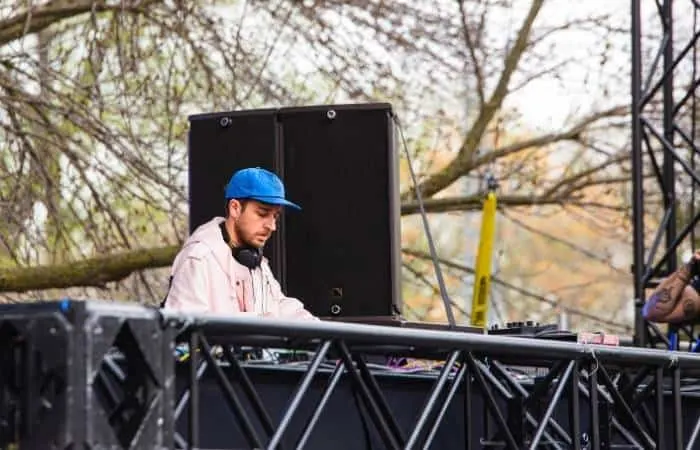
There is one major problem when playing at clubs, festivals, or any place with a large Soundsystem, which is the delay!
Nine times out of ten, you will find the DJ situated behind the primary speaker system with the speakers facing the audience.
Due to the direction the is traveling (away from the DJ) and then bouncing off walls, people, etc. the will be delayed and pretty much impossible to hear accurately from the DJs standpoint.
As I stated above a DJ needs to hear the current playing track (that the audience is hearing) plus cue up the next tune in their headphones. To beat-match and get the next track to align in real-time seamlessly, there cannot be any delay.
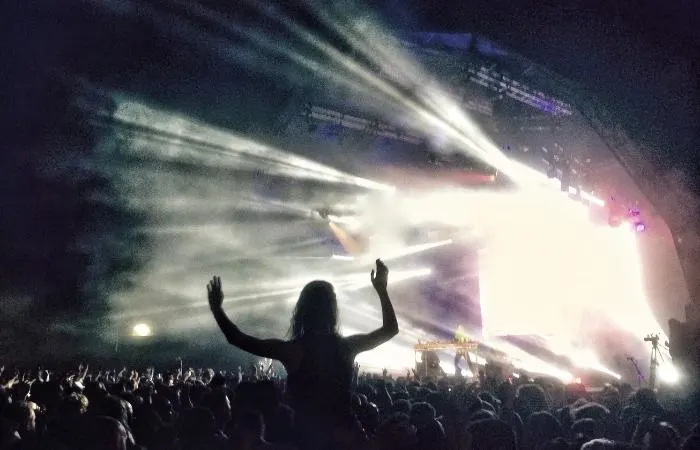
If the DJ tries to mix into the delayed sound, it will now sound out of time for the audience, like some pots and pans thrown down a set of stairs!
Having the monitors directly next to the DJ enables them to hear the track playing, the same as the audience, and hear what they are doing without any delay, echo, and other distortions.
Final Words
So there you have it, the real explanation of why DJs wear headphones. As you can see, DJ monitors have a massive part in artists’ ability to deliver a banging set.
So the next time you hear a DJ clanging in a set, remember, it may be down to a lousy monitor set up… Then again they might have just had a few too many beers!

 Want to connect with other music producers for help and guidance?
Want to connect with other music producers for help and guidance?